ARTIST RECREATES HER BODY IN SOAP TO EXPLORE MORTALITY, DEATH AND DECAY
A Latin metaphorical expression homo bulla, man is a bubble, was coined by the ancient Roman writer Marcus Terentius Varro who compared human life to a thin soap bubble that floats mid-air for only a brief moment but then bursts abruptly in even a slight breeze.
By the 16th century the term had gone onto become a well recognised motif in Still-Life and Genre painting, along with many other symbols in European painting which signify the temporary nature of earthly pleasures and the inevitability of death. These included: faded flowers and rotten fruit – symbols of decay; skulls which point out to death; playing cards or chess which symbolises unpredictability of life; extinguished candles, broken mirrors or cracked pottery which represents the fragility of the human body.
Maria Kulikovska’s soap sculptures continue this long-standing tradition. She creates sculptural forms using her own body, but instead of focussing on the fleeting nature of human life from a philosophical standpoint, her work becomes incredibly personal and autobiographical.
In 2012, Maria created three soap sculptures molded from her body as part of the programming at IZOLYATSIA, the first cultural centre of its kind in Donetsk, Ukraine which provided artists with an infrastructure to undertake creative projects and showcase their work. Left outside, around the IZOLYATSIA centre, in the rain and sun, the sculptures underwent the process of ageing and decay which mirrored the way the human body dissipates after death. The soap which was exposed to varying weather conditions gradually melted and dissolved, slowly allowing the metal vertebrae from within the sculptures to be exposed. In the end, all that was left were photographs documenting the project and its memory.
In June 2014, the IZOLYATSIA centre was seized by pro-Russian separatists resulting in a devastating loss for the artistic community. Continuing her experimentation into soap sculptures, Maria went to Malmö, Sweden, where she purchased vast quantities of soap from a factory which was also providing human-size blocks of the same soap to Swedish weapon manufacturers. The same luminous, flesh-like material she was using to recreate sections of her body were being utilised by weapon's factories for testing and targeting. Her soap sculptures therefore began to take on an entirely new dimension. Where her first three sculptures spoke of the fragility of life, death and decay, her newer works dealt more closely with the ideas of conflict and death and engaged with a much larger dialogue about the international weapons’ trade and the state of affairs in Ukraine.
Find out more about Maria here



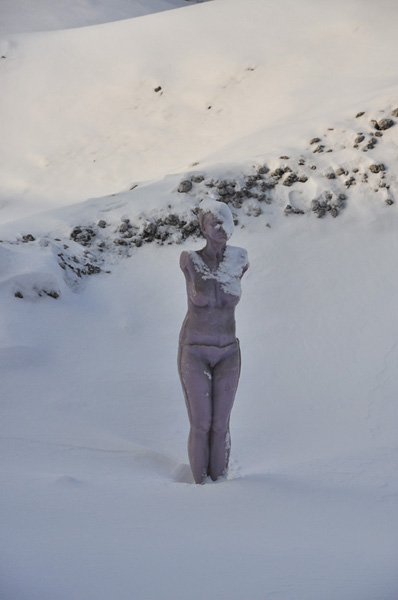

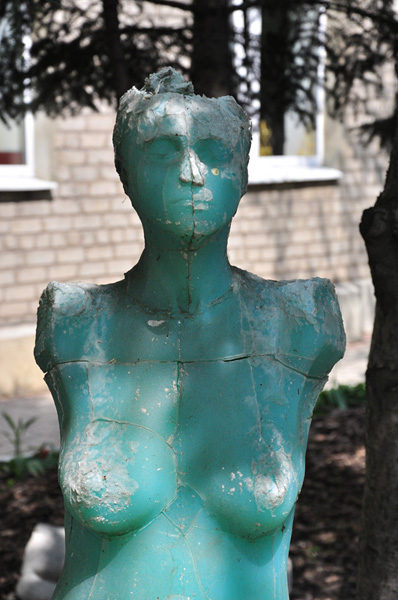
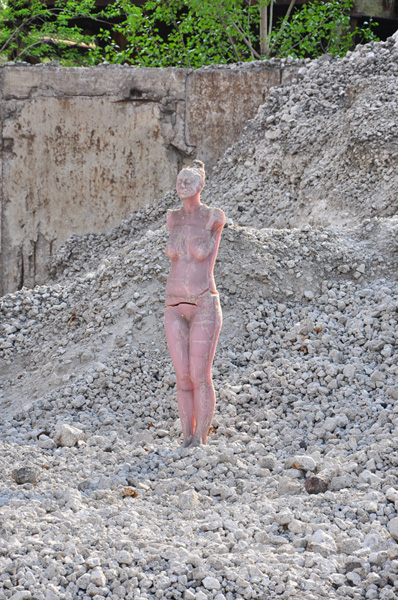

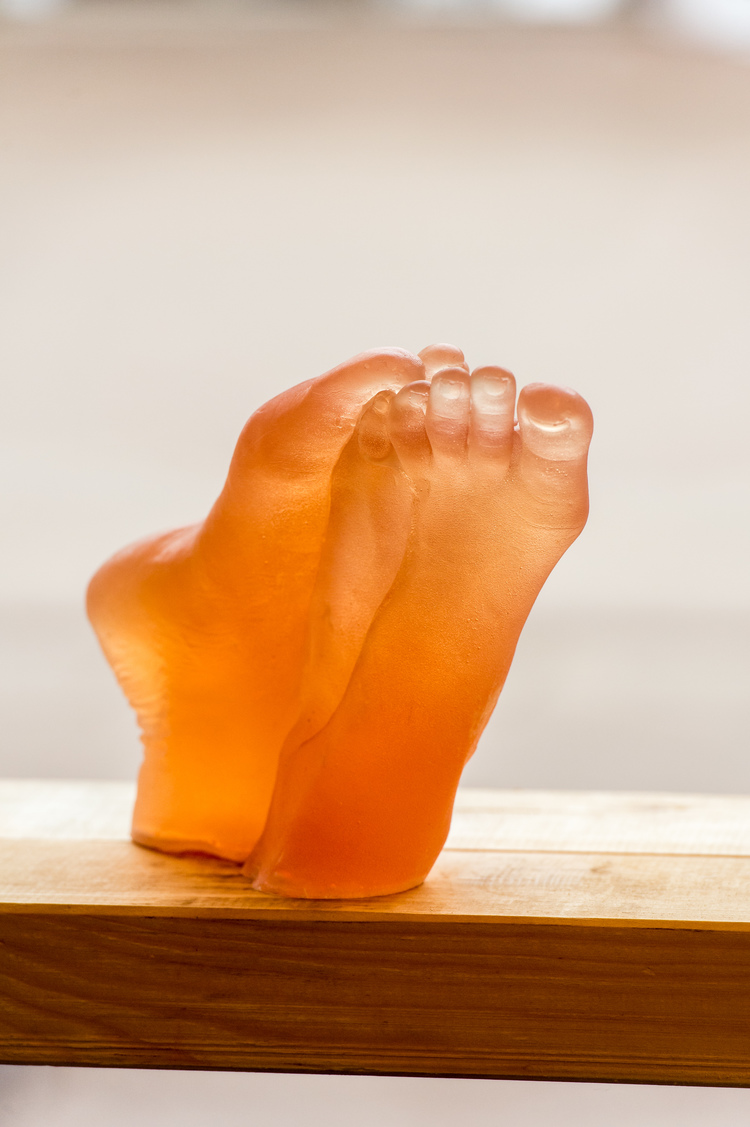
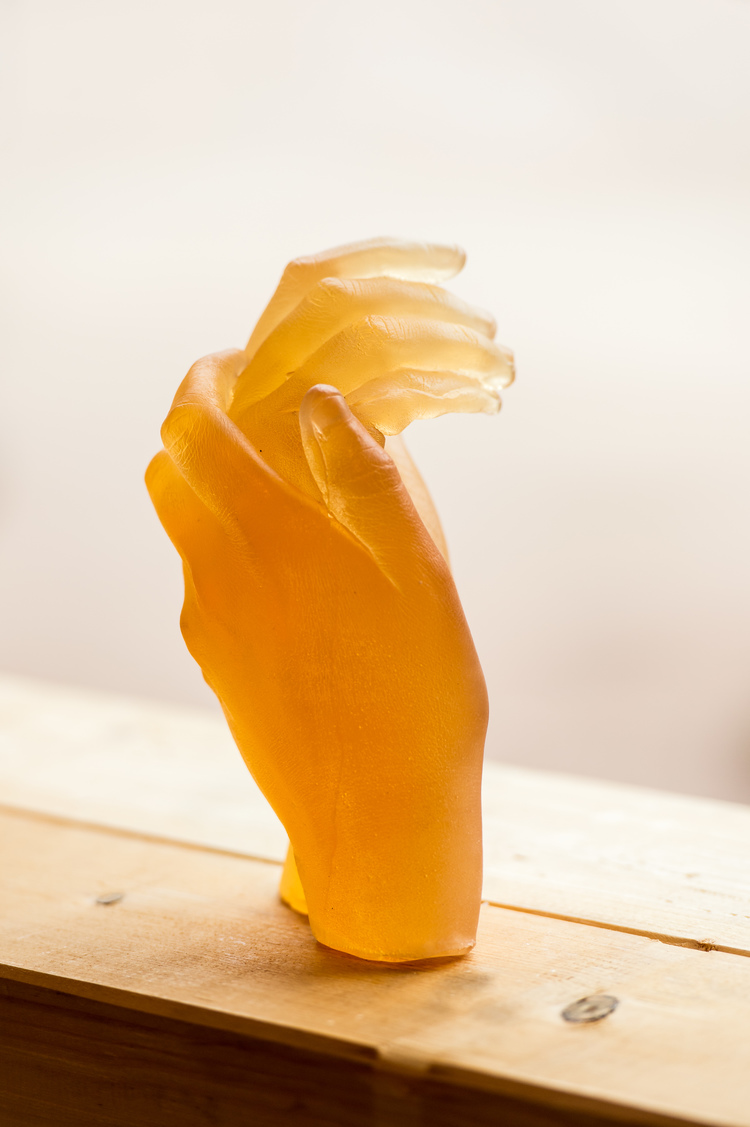


February 9 marks the anniversary of the Iranian Revolution or the Enqelāb-e Eslāmī. We hear from our collaborating artist, Firouz Farman-Farmaian about his practice. Highlighting in particular, his work Enghelâb ( Revolution ), in complete alignment with ongoing events in his home country.